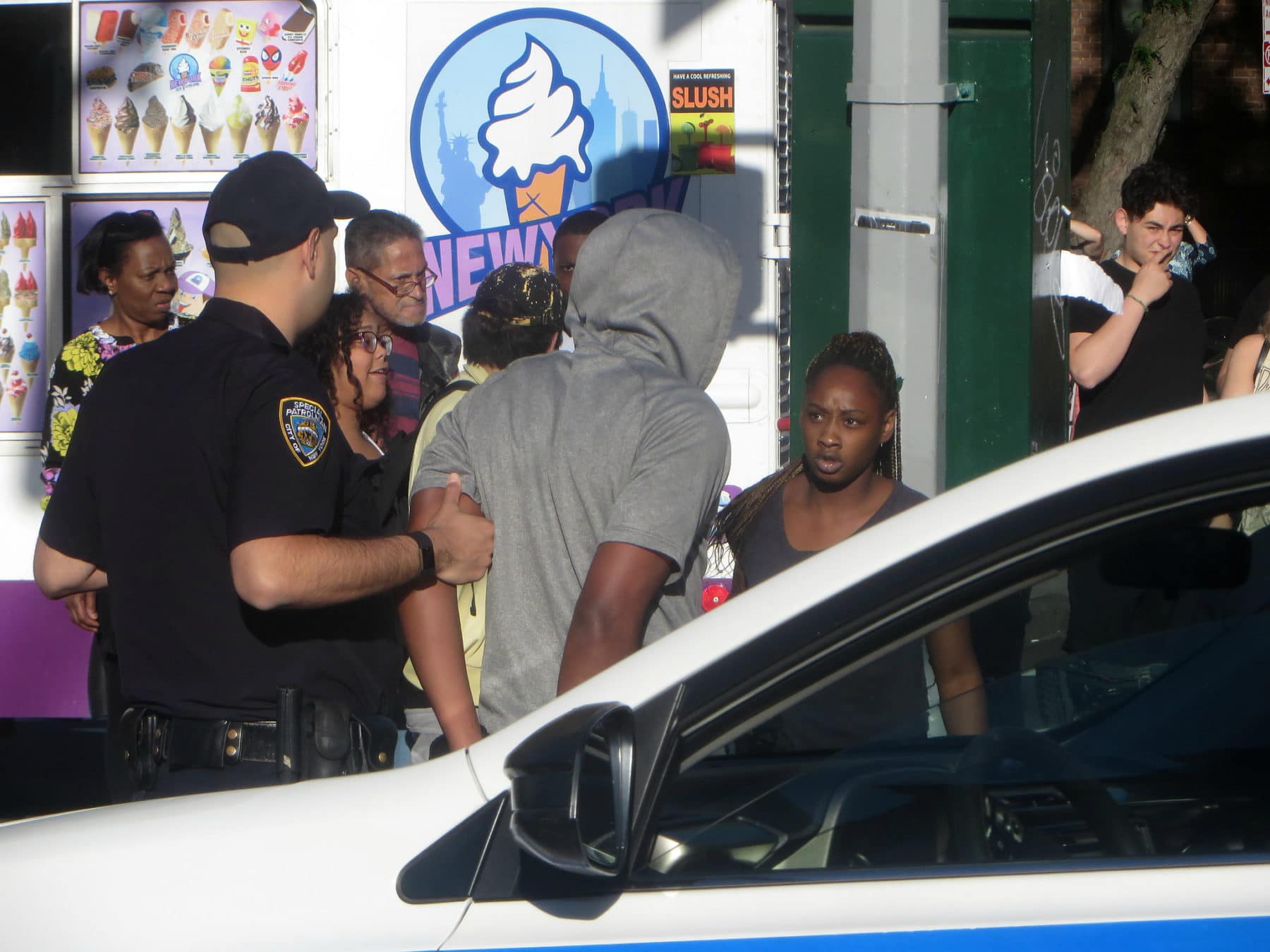New Yorkers are filing complaints against New York Police Department (NYPD) officers in numbers unseen in the past five years. The Civilian Complaint Review Board (CCRB) was flooded by a nearly 20 percent increase in filed complaints between fiscal year 2018 and fiscal year 2019—leaping from 4,392 to 5,256—according to the 2019 Mayor’s Management Report released September 24.
The 2019 fiscal year’s complaints involved 4,270 allegations of force, 12,829 allegations of Abuse of Authority, 1,824 allegations of Discourtesy, and 402 allegations of Offensive Language. (Each complaint may include multiple allegations.)
But the NYPD was quick to dismiss this rise. “Remember, this year there’s all the anti-cop sentiment,” a “police source,” as they were referred to, told the New York Post. “People know that it’s an easy way to get a lawsuit. They see all these advertisements that they can make money if they’ve been stopped by cops.”
In response to the Post‘s one-sided reporting, Jim Naureckas, a journalist with Fairness and Accuracy in Reporting, pointed out that “The possibility police could be abusing public more is not even considered.”
Some complainants seeking justice have been hindered by bureaucratic processes. The Mayor’s Report found that fiscal year 2019 saw a higher rate of substantiated cases that were no longer eligible for legal action due to a statute of limitations that kicks in 18 months after the incident; a higher proportion of complaints were blocked for this reason than in at least the previous four fiscal years.
Investigations are taking longer to complete because the increasing use of police body cameras in the review process combines with the fact that obtaining this footage from the NYPD is becoming “more difficult for the agency,” a CCRB spokesperson told Filter.
Although expired substantiated complaints are increasing, the overall number of simple substantiated complaints made up a smaller proportion (22 percent) of fully investigated cases than unsubstantiated ones (38 percent) in fiscal 2019, according to CCRB data obtained by Filter.
In recent years, from 2015 through 2018, allegations that were unfounded—meaning that the available evidence suggests that the incident did not occur—constituted the smallest proportion of outcomes. The data also show, though, that a lack of evidence to determine misconduct—meaning the allegation was not proven one way or the other—was the most frequent outcome.
New York City Councilmember Donovan Richards, who leads the council’s Public Safety Committee, told the Brooklyn Eagle that the “right to know” law—which took effect in October 2018 and requires NYPD officers to identify themselves and provide a number of identifiers at the beginning of certain actions—could be one explanation for the spike.
Stark racial disparities continue within NYPD policing, evidence shows. Black and Hispanic New Yorkers are more likely to be arrested in the incident for which they file a complaint than white people, according to CCRB data. In fiscal year 2019, the precincts for East New York and Brownsville—two neighborhoods that are predominantly Black—had the highest number of filed complaints: 237 and 139, respectively.
Photograph of an NYPD officer making an arrest; by “Eden, Janine, and Jim” via Flickr





Show Comments